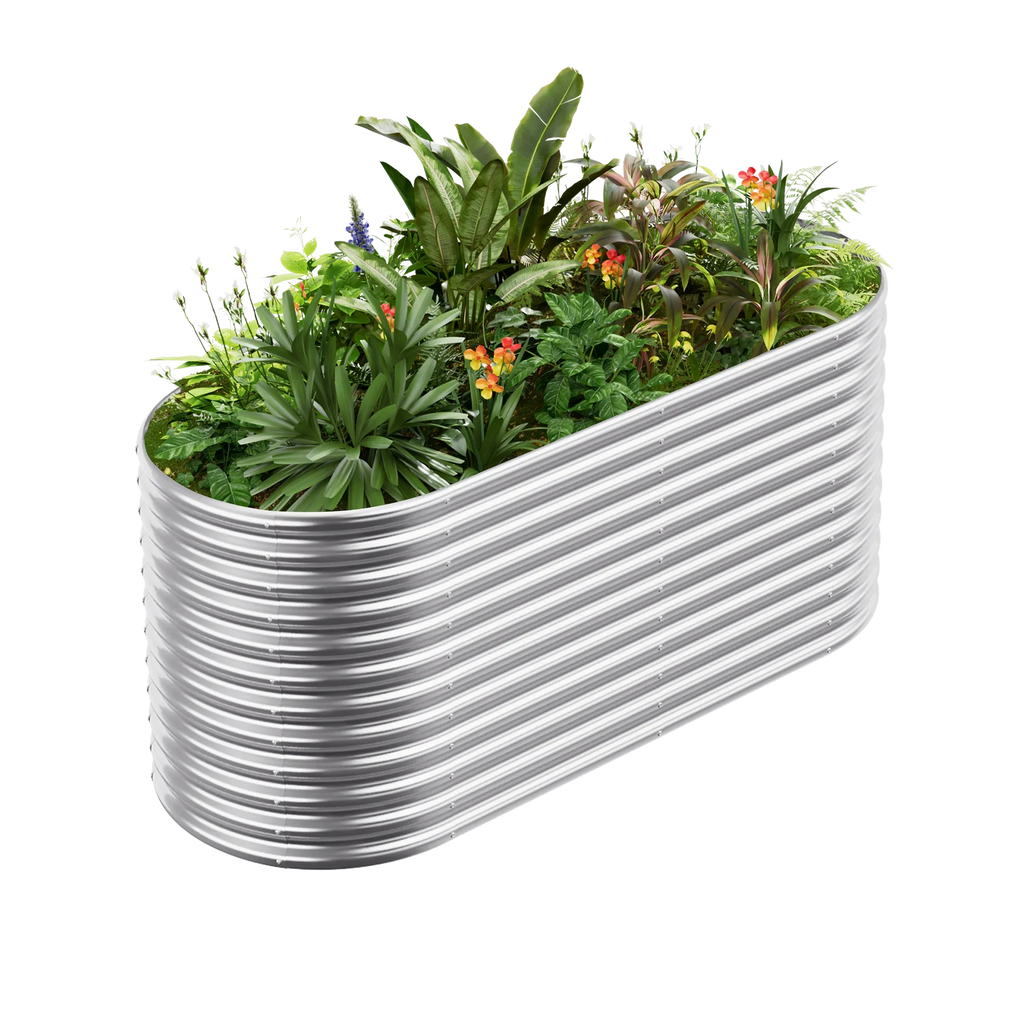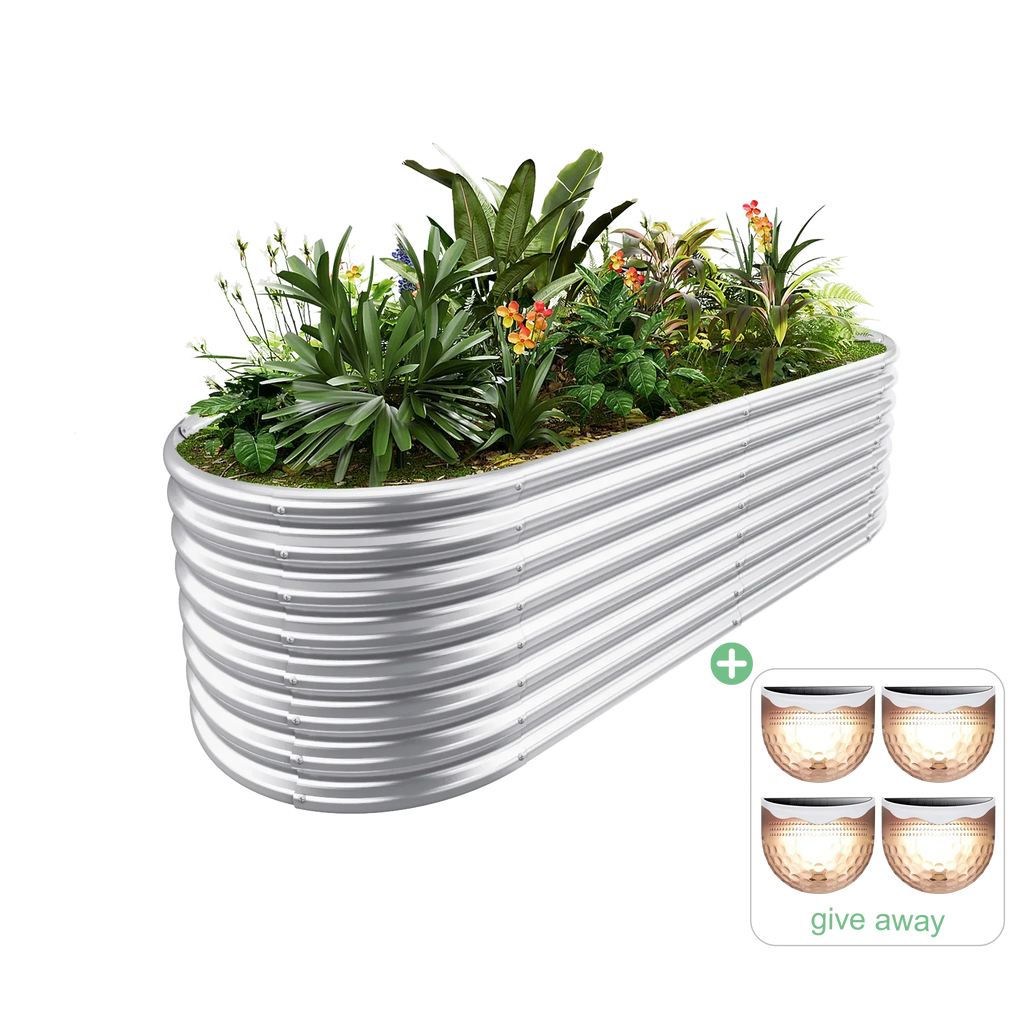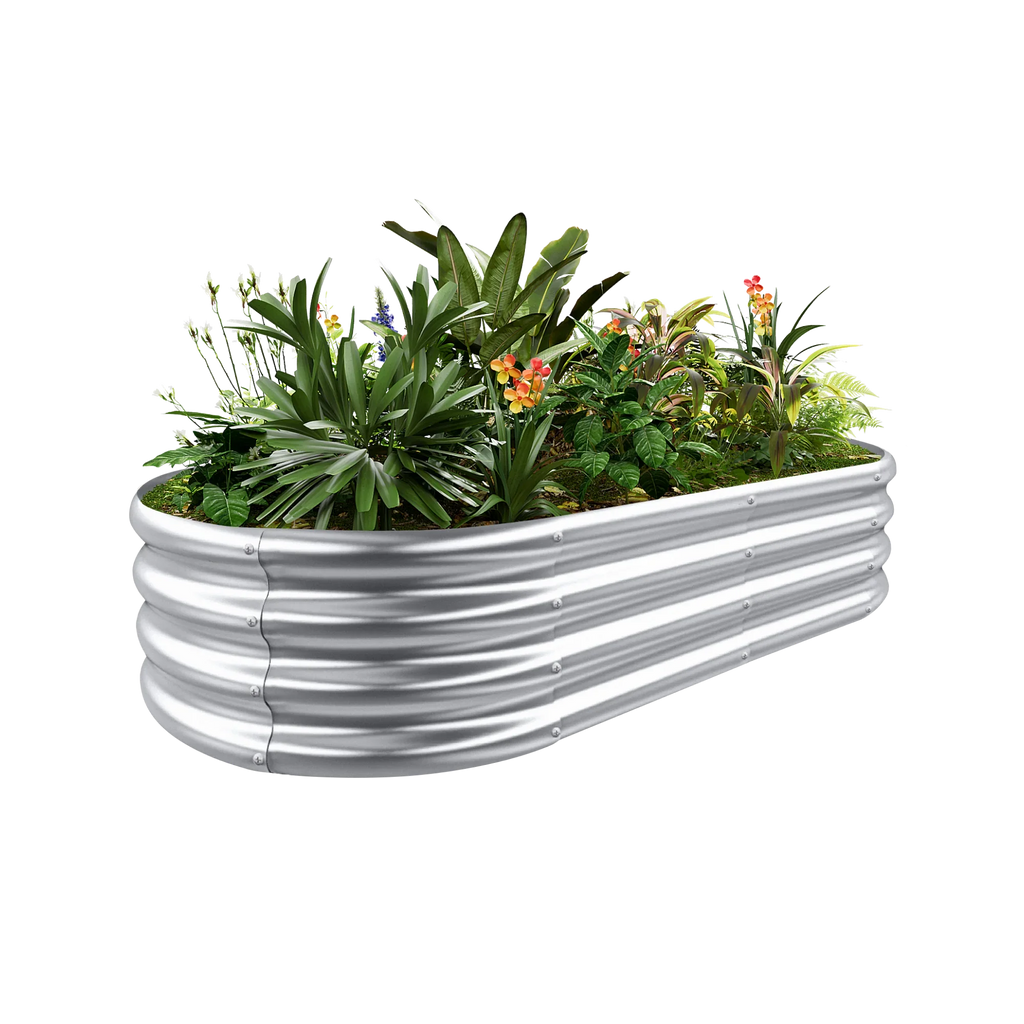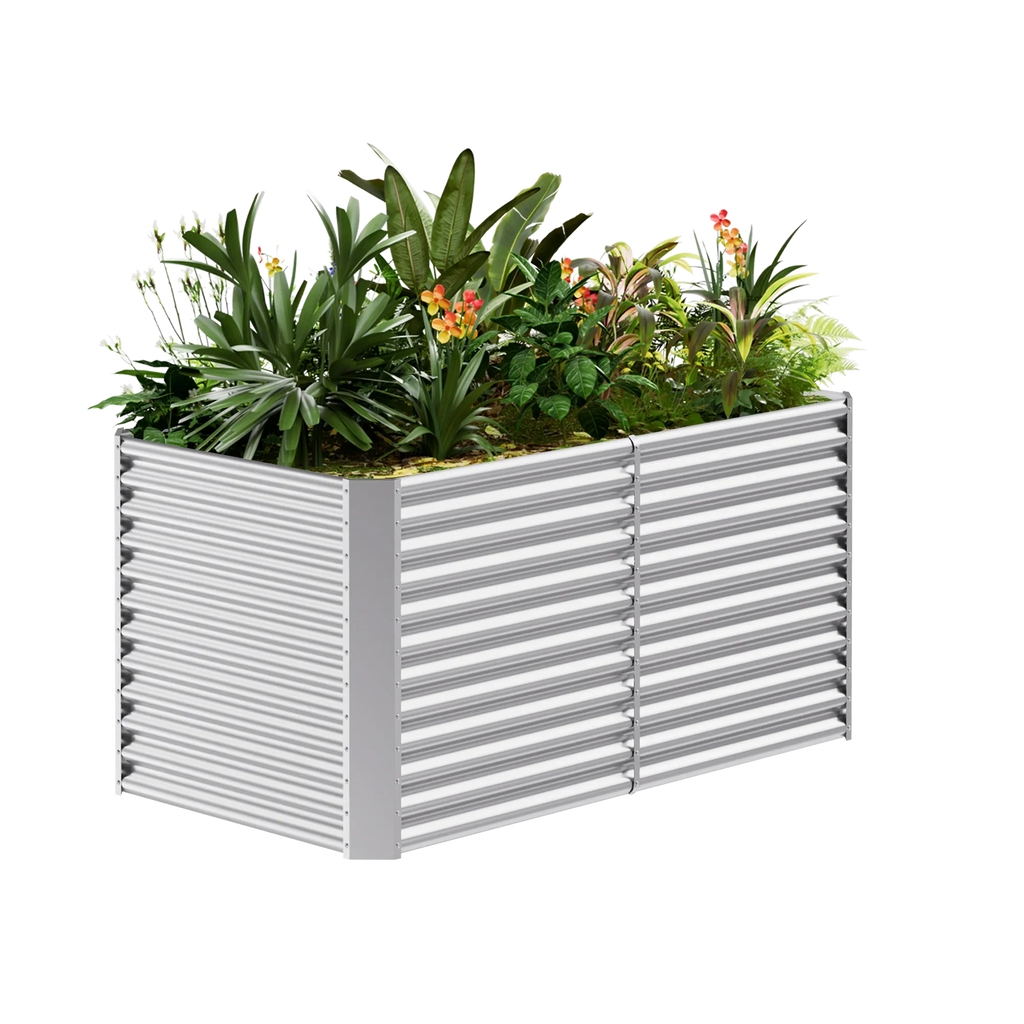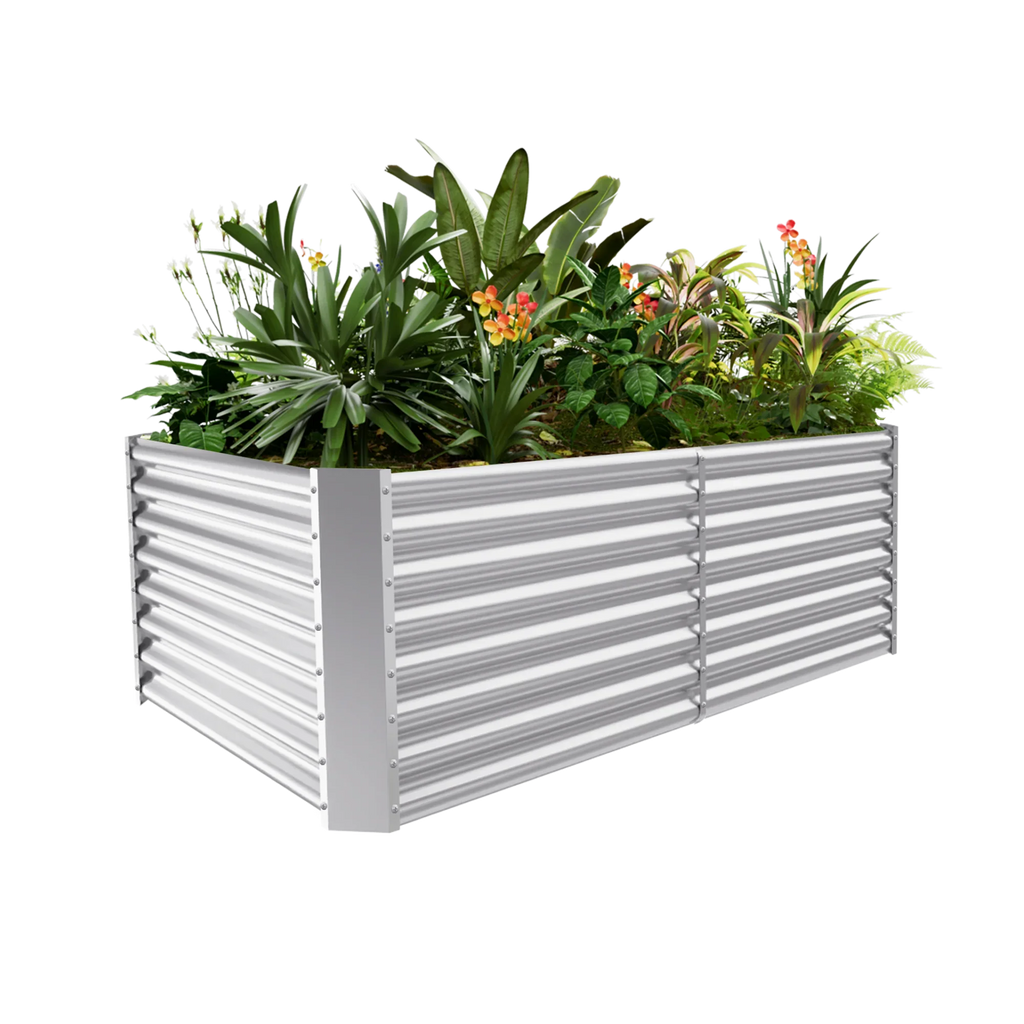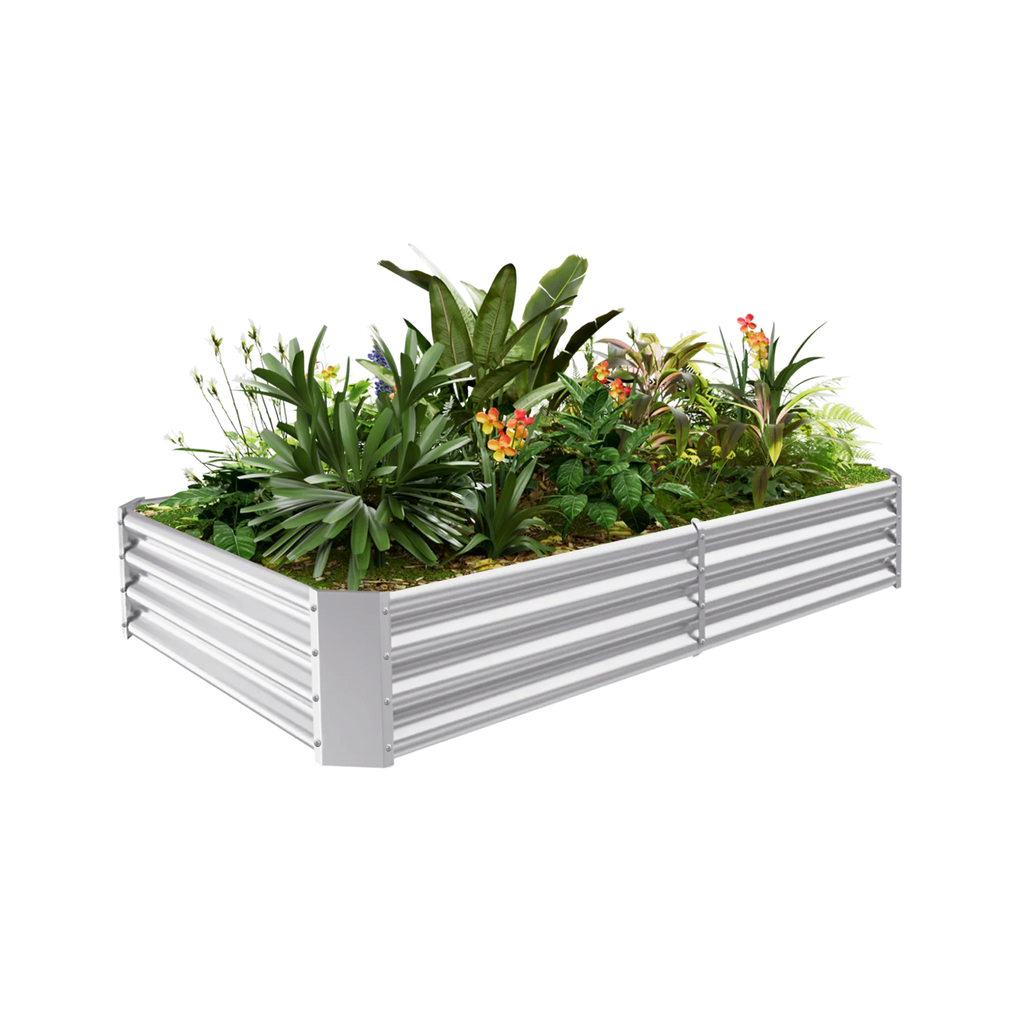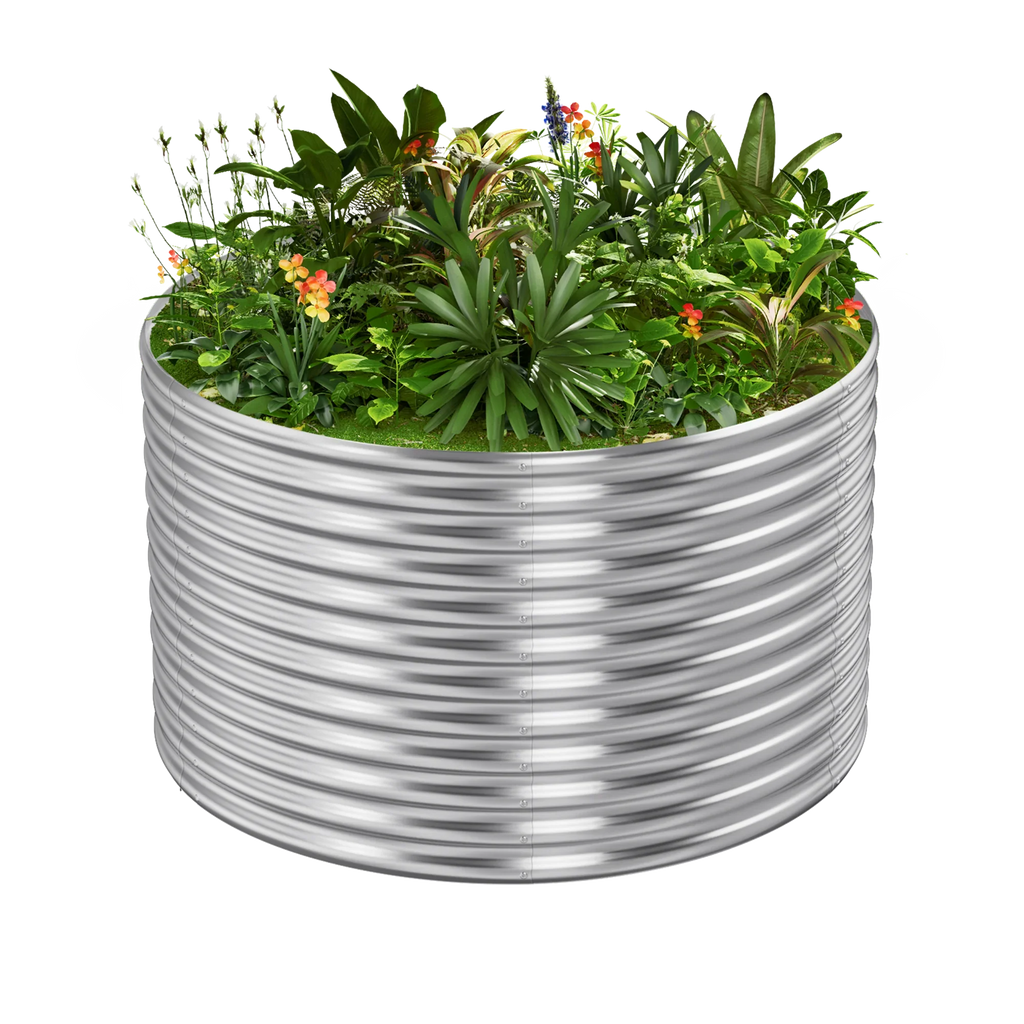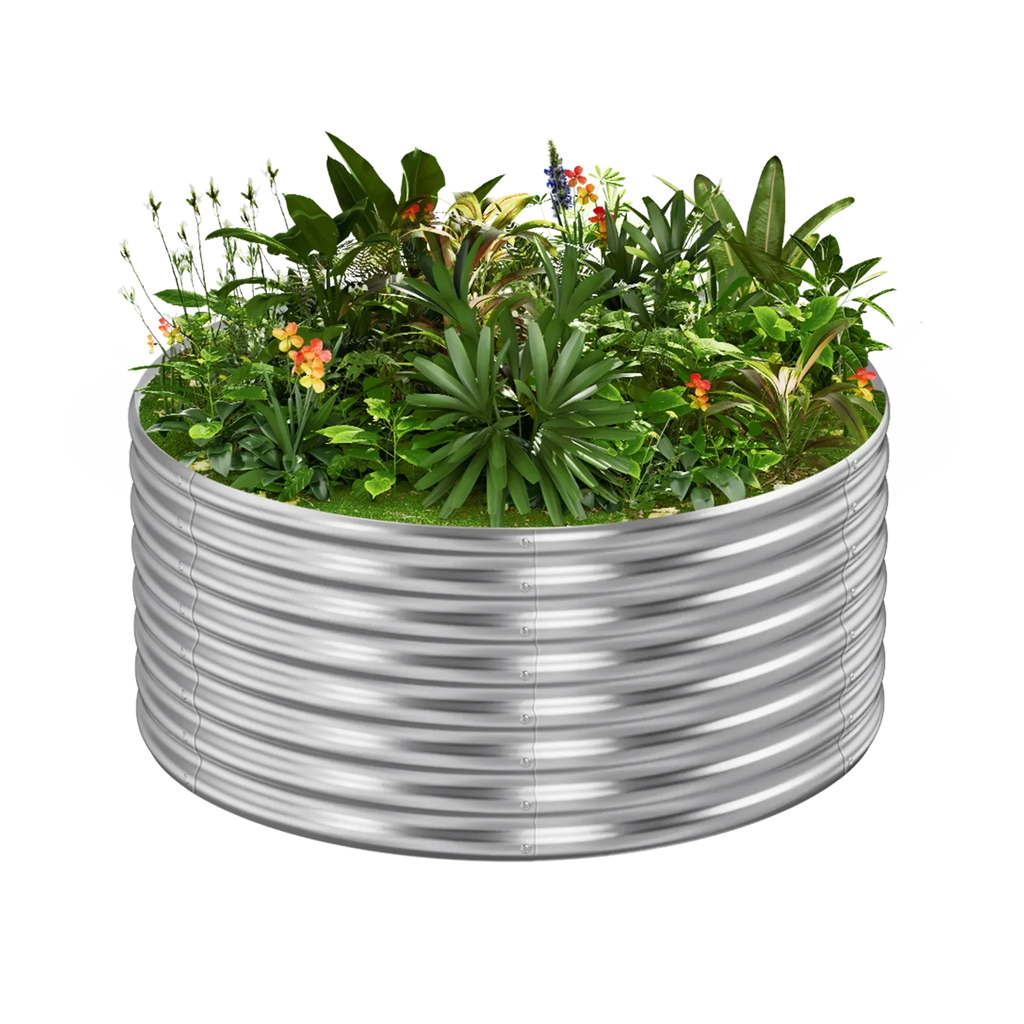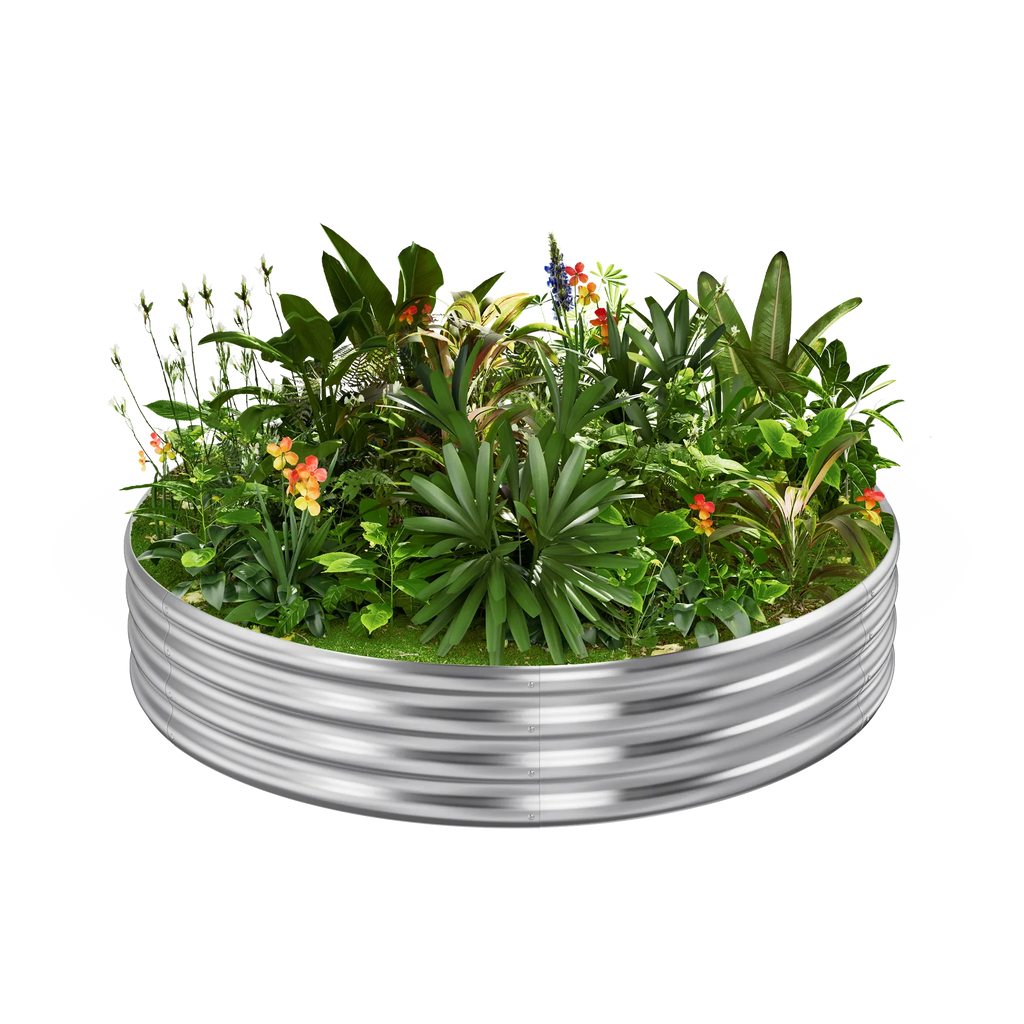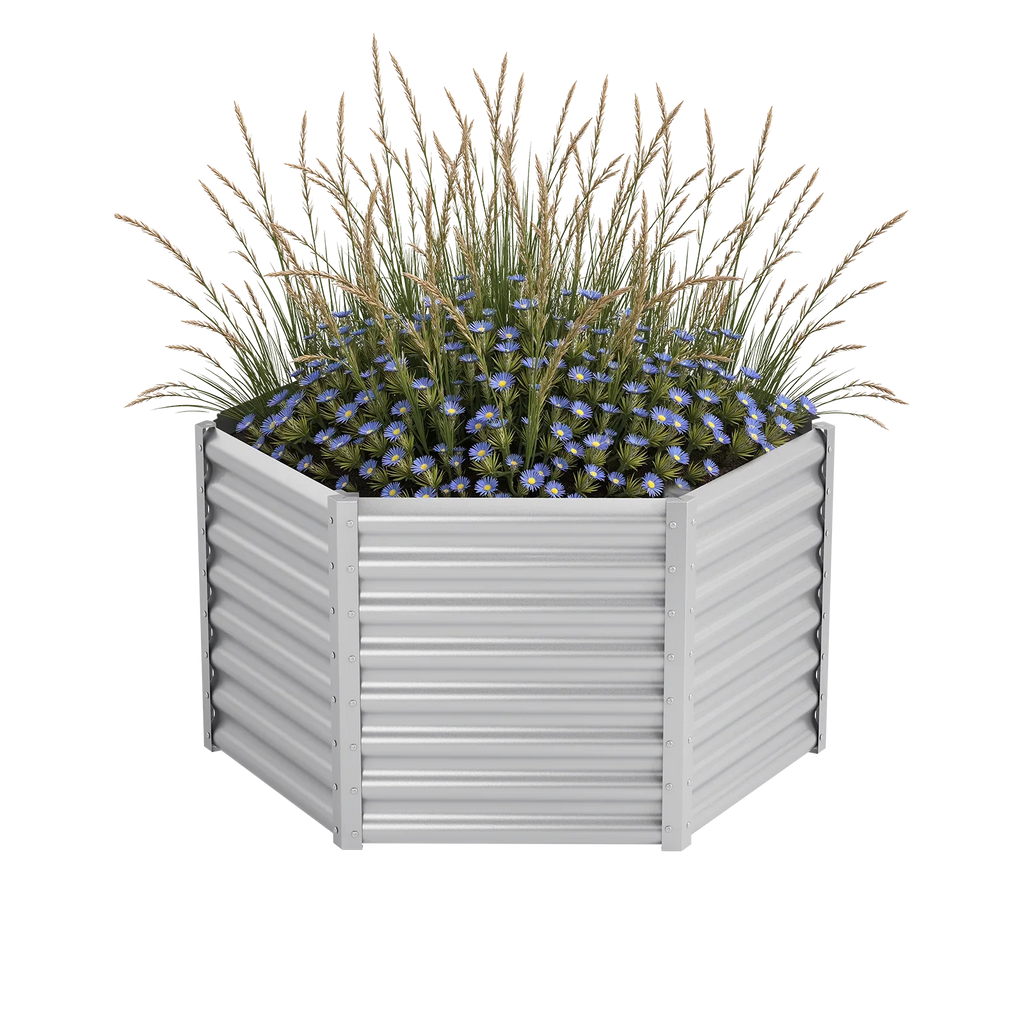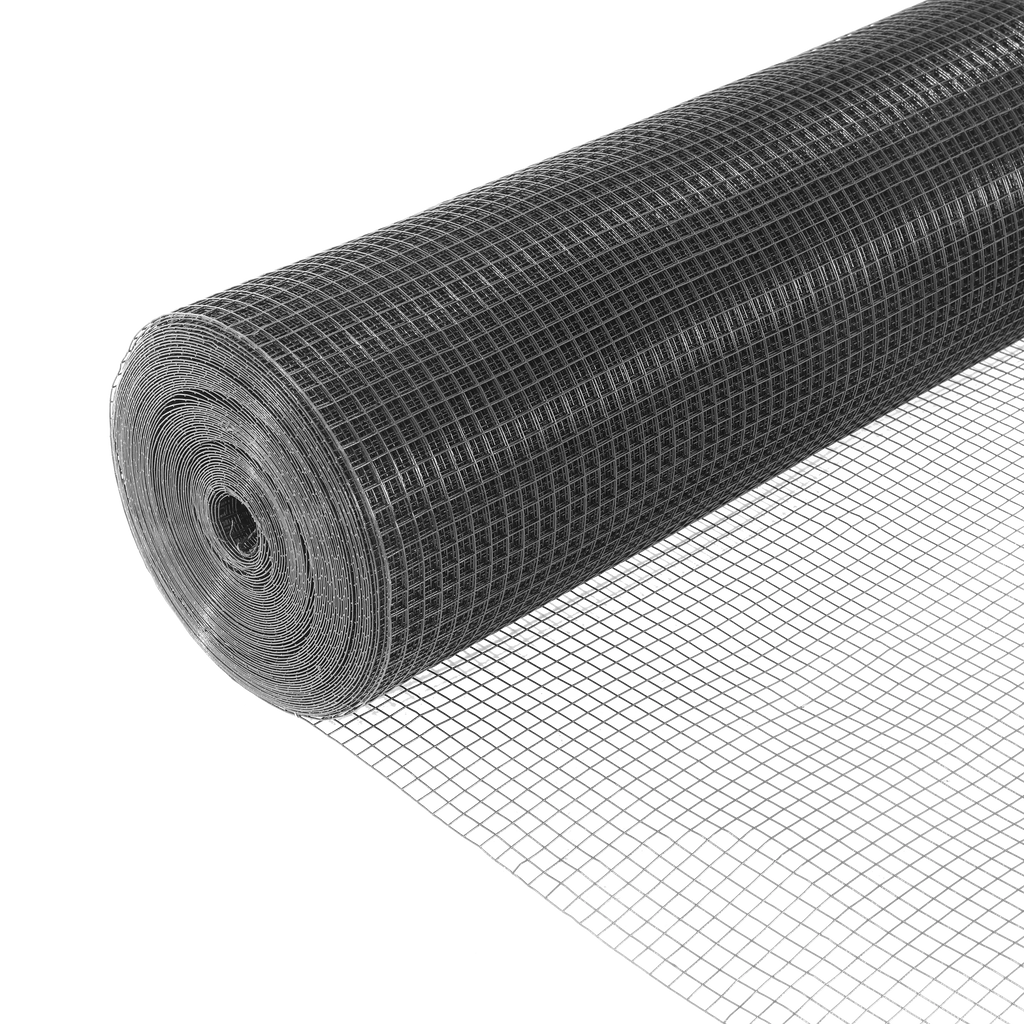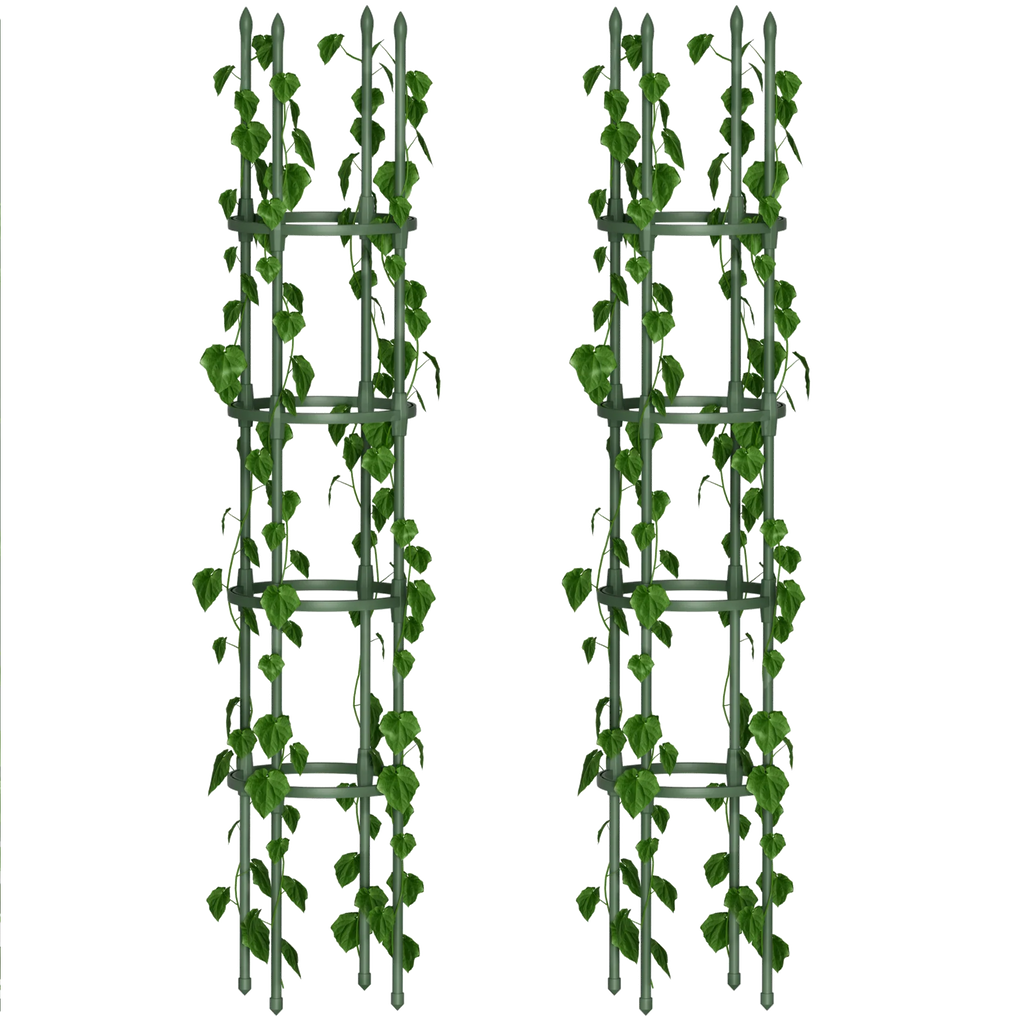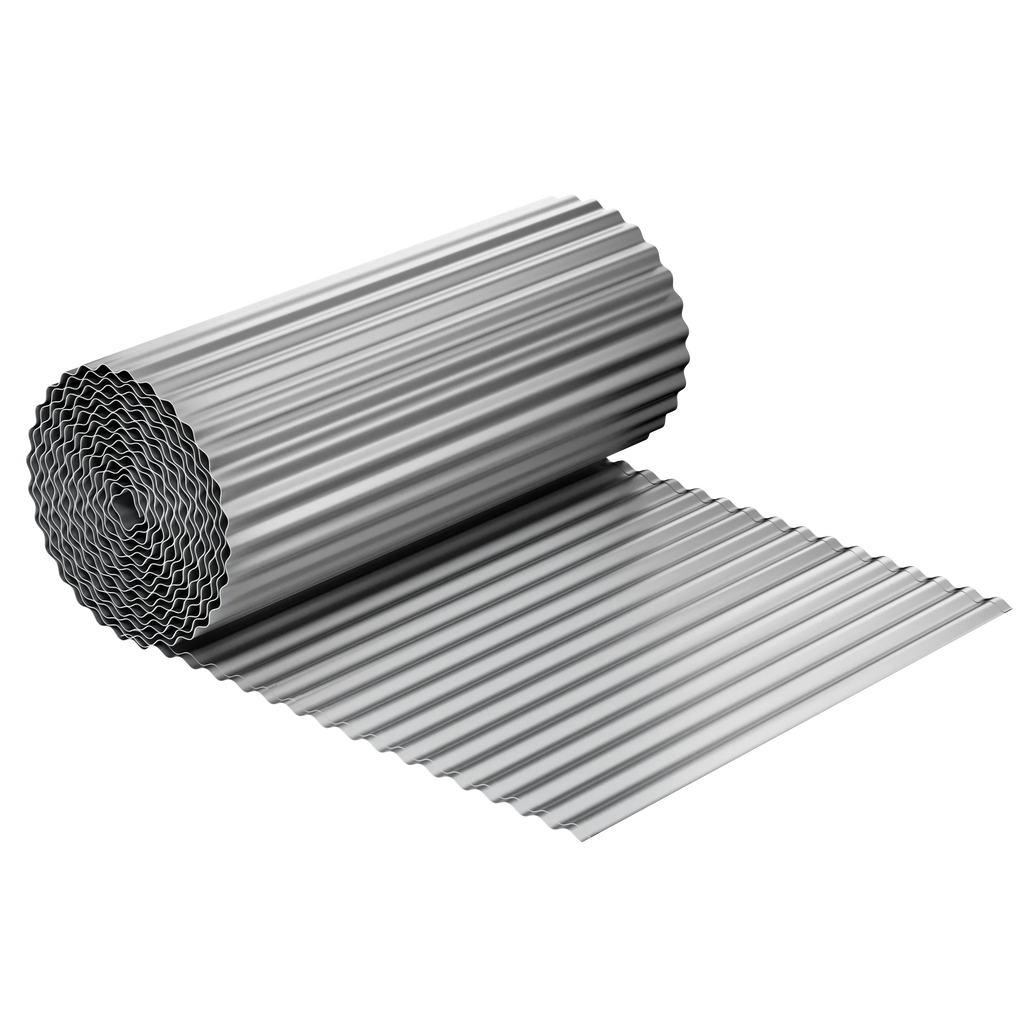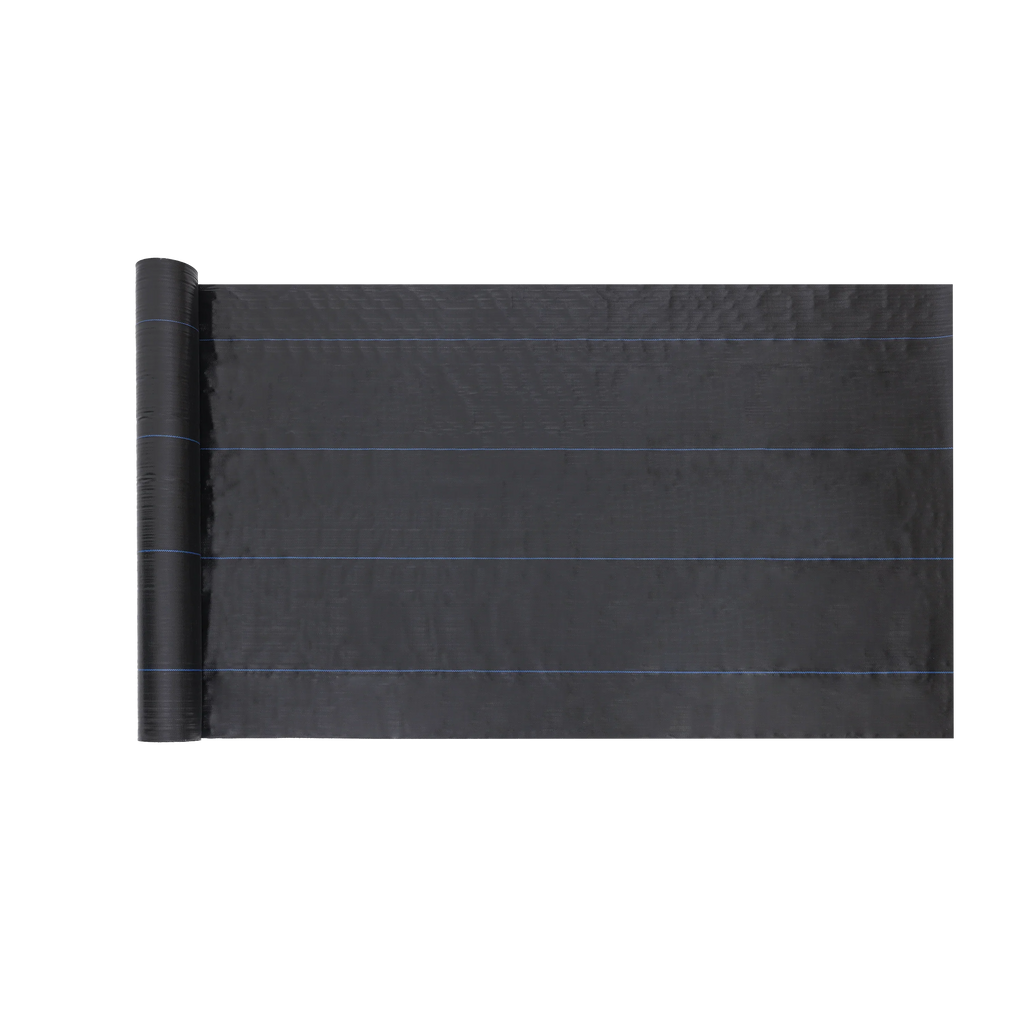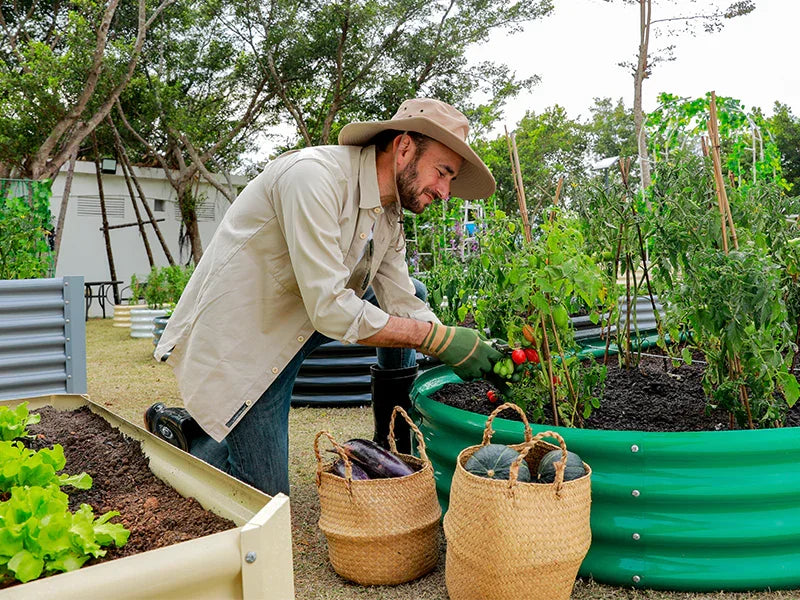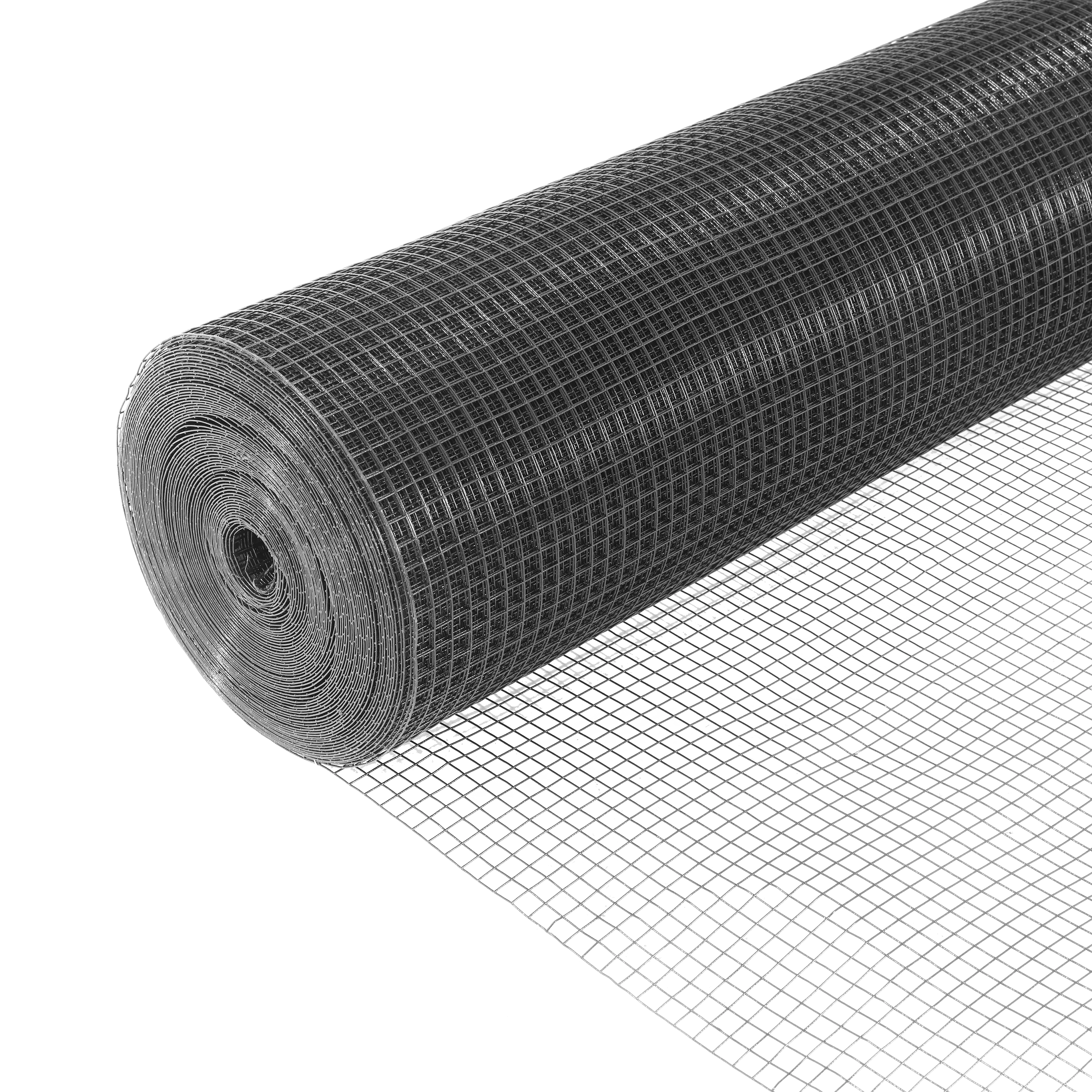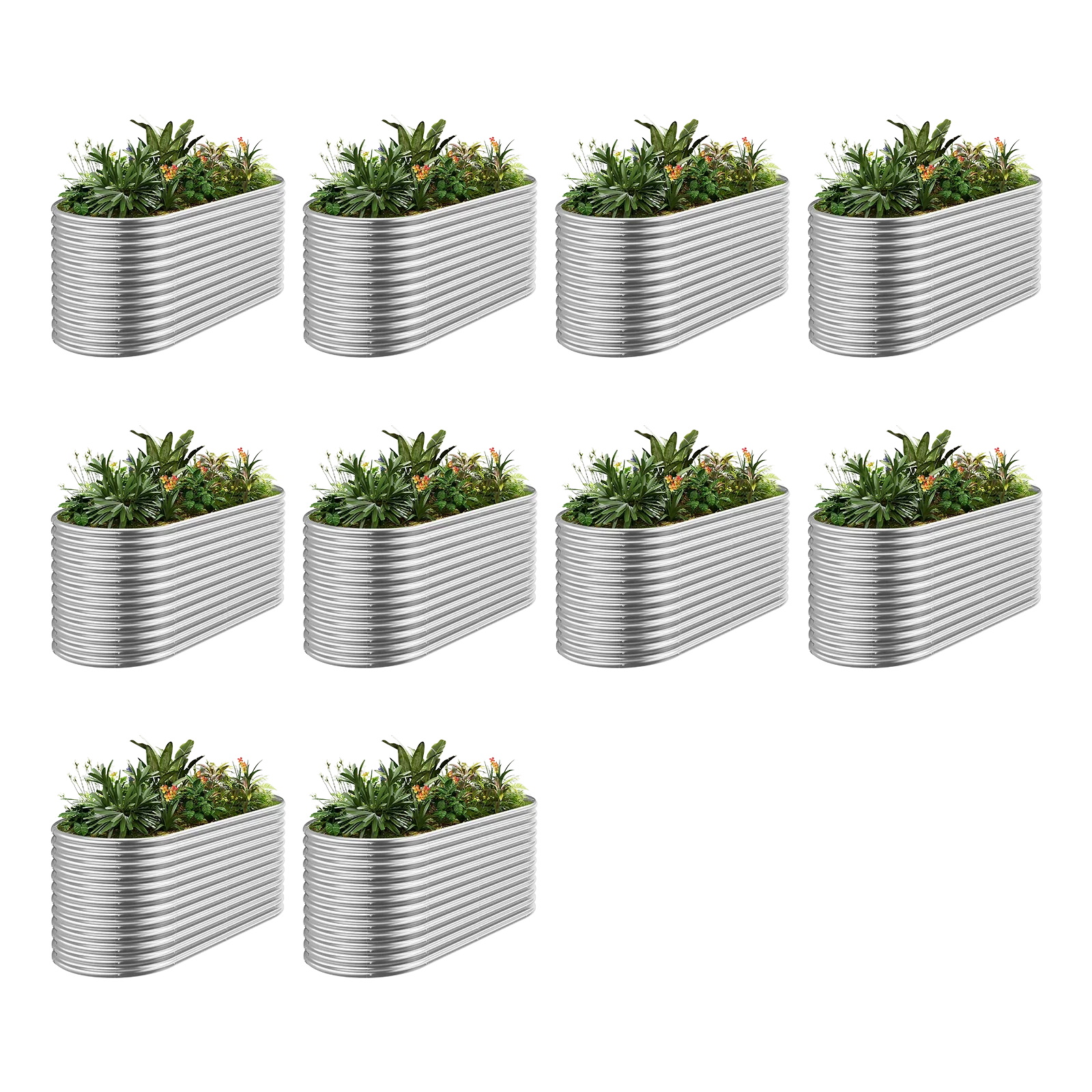Raised beds are a gardener’s dream, offering control over soil quality and drainage. But even in these perfect setups, pH imbalances can sneak in, stunting plant growth. Whether your raised beds are too acidic or too alkaline, fixing the issue fast is key to healthy crops. With these five proven methods, you can adjust your soil pH in just five days, restoring balance and boosting your garden’s potential. Here’s your crash course in raised bed soil care.
Why pH Matters in Raised Beds
Soil pH measures acidity or alkalinity on a scale of 0–14, with 7 being neutral. Most plants in raised beds—like tomatoes, lettuce, or flowers—thrive between 6.0 and 7.0. Too low (acidic) and nutrients like phosphorus lock up; too high (alkaline) and iron becomes scarce. Raised beds, common across the U.S. from California to Maine, lose balance over time due to watering, fertilizers, or organic matter. Quick soil care fixes keep your plants happy and productive.
Step 1: Test Your Raised Bed Soil pH
Before fixing a pH imbalance, you need to know where you stand. Testing is simple and fast—crucial for effective raised bed soil care.
· How to Test: Grab a soil pH test kit from a garden center or online (under $10). Mix a soil sample from your raised beds with water as directed, then dip in the test strip or add the reagent. Results show in minutes.
· When: Test now if plants look yellowed or stunted—common signs of pH trouble.
Record your pH—say, 5.0 (too acidic) or 8.0 (too alkaline)—and move to the fix. Day 1 is all about diagnosis.
Method 1: Add Lime to Raise pH (Acidic Soil)
If your raised beds test below 6.0, lime is your go-to solution. It’s a classic soil care trick to neutralize acidity fast.
· How: Use agricultural lime (calcium carbonate) or dolomite lime (with magnesium). For a 4x4-foot raised bed, sprinkle 1–2 cups evenly over the soil surface.
· Action: Work it into the top 6 inches with a trowel or fork, then water lightly. Lime starts raising pH within 24 hours, with full effect by Day 5.
· Best For: Gardeners in rainy states like Oregon, where soils often turn acidic.
Retest on Day 5—aim for 6.0–6.5 for most raised bed crops.
Method 2: Apply Sulfur to Lower pH (Alkaline Soil)
For raised beds above 7.0, elemental sulfur lowers pH effectively. It’s a natural choice for alkaline-heavy regions like Arizona or Texas.
· How: Spread 1–2 pounds of granular sulfur per 100 square feet of raised beds (adjust for smaller sizes). Mix into the top 6 inches.
· Process: Water well—sulfur reacts with soil microbes to form sulfuric acid, dropping pH in days. Noticeable change hits by Day 3, stabilizing by Day 5.
· Tip: Avoid overdoing it; sulfur works fast in warm weather.
Check pH on Day 5, targeting 6.5–7.0 for optimal plant health.
Method 3: Use Organic Matter for Gradual Balance
Organic matter like compost or peat moss adjusts pH gently while enriching raised beds—a soil care win-win.
· Acidic Fix: Add 2–3 inches of compost to acidic soil (pH < 6.0). It buffers acidity and adds nutrients, shifting pH up slightly by Day 5.
· Alkaline Fix: Mix in peat moss (1–2 inches) for alkaline soil (pH > 7.0). Its natural acidity nudges pH down over days.
· How: Spread evenly, till into the topsoil, and water. Results build steadily.
This method suits eco-conscious gardeners across the U.S., from Florida to Minnesota, seeking sustainable soil care.
Method 4: Vinegar or Citrus for Quick Acidification
For a fast, DIY fix to alkaline raised beds, vinegar or citrus waste works wonders. It’s a short-term soil care hack for small adjustments.
· How: Mix 1 cup of white vinegar or citrus peels (lemon, orange) into a gallon of water. Pour evenly over a 4x4-foot raised bed.
· Effect: Acidity spikes within hours, dropping pH by 0.5–1 point by Day 3. Retest and repeat if needed by Day 5.
· Best For: Urban gardeners in cities like Denver needing a quick tweak.
Use sparingly—overuse can harm soil microbes long-term.
Method 5: Baking Soda for Emergency Alkalinity Boost
If your raised beds are too acidic and plants are suffering, baking soda offers a rapid soil care lift.
· How: Dissolve 1 tablespoon of baking soda in a gallon of water. Apply to a 4x4-foot raised bed, soaking the soil evenly.
· Result: pH rises by 0.5–1 point within 48 hours, stabilizing by Day 5. Retest to confirm.
· Caution: Ideal for emergencies in wet climates like Washington—don’t overuse, as sodium can build up.
This quick fix gets your raised beds back in range fast.
Daily Plan to Fix pH in 5 Days
· Day 1: Test soil pH and choose your method.
· Day 2: Apply lime, sulfur, organic matter, vinegar, or baking soda as needed.
· Day 3: Water lightly and monitor initial changes.
· Day 4: Check soil feel—crumbly and moist is a good sign.
· Day 5: Retest pH and adjust if off by more than 0.5.
This timeline keeps raised bed soil care on track for U.S. gardeners everywhere.
Why Quick pH Fixes Boost Raised Beds
Fixing pH imbalances in raised beds unlocks nutrients plants crave, from nitrogen to magnesium. It prevents yellow leaves, weak roots, and poor yields—issues all too common in unbalanced soil. These methods, tested from New York’s suburbs to California’s valleys, work fast to restore harmony. Healthy raised beds mean thriving gardens, whether you’re growing peppers or petunias.

